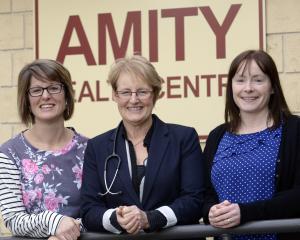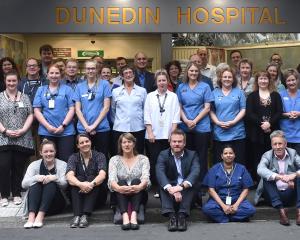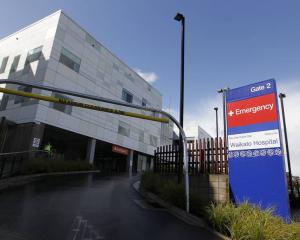Campylobacter in Otago and Southland is up and Public Health South does not know why.
However, the South still has fewer cases than the national average.
In August, 37 campylobacter cases were notified in Otago and Southland, compared with 15 the same time last year.
In Dunedin, there were 12 cases compared with six last year.
In Invercargill there were five, compared with none in August 2009.
Southern District Health Board medical officer of health, Dr Marion Poore, said the cause of the jump was unknown.
"We have investigated this increase, but there is no obvious reason for this rise and [there has been] no outbreaks or association with restaurants or food outlets."
For the nine months to September 30, cases notified to Public Health South were 289 for 2009, and 381 for 2010.
Nationally, campylobacter cases had risen in the past year, Dr Poore said.
The national rate for the year to the end of August was 177.5 per 100,000 people, compared with 161.8 per 100,000 for Otago and 169.9 for Southland.
Dr Poore said it was too simplistic to see year-on-year increases as a trend; it was important to consider particular factors.
She pointed to last year's swine flu scare increasing people's personal hygiene, and a food safety campaign in 2008 having possibly lowered campylobacter incidence.
Dunedin City Council senior environmental health officer, Wayne Boss, said the number of Dunedin food businesses achieving the top food hygiene standard was up.
At present, 346 A grades were in place, compared with 265 in October last year, an increase, Mr Boss thought, could be due to tighter food regulations expected next year.
Many businesses were introducing "food control plans" in anticipation of the regulation.
So far this year, just 10 D grades had been presented, compared with 23 for all of 2009, and 24 in 2008.
Mr Boss expected a 50% reduction in D grades for the year.











